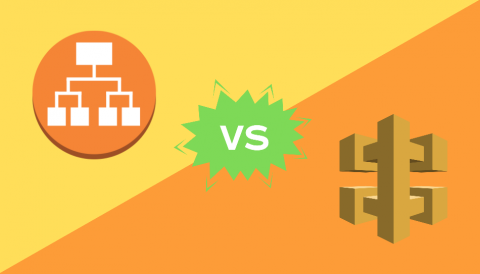AWS API Gateway vs. Application Load Balancer (ALB)
We recently wrote about whether API Gateway can act as a Load Balancer. The answer is yes and, in many cases, they are substitutes for each other. But how should we choose which one to use? In this article, we will dive into more details on how these two types of HTTP networking services compare, using the AWS services as a base level: API Gateway and Application Load Balancer (ALB). Both are highly-scalable services to a point that scalability should not be a concern for most use cases.




